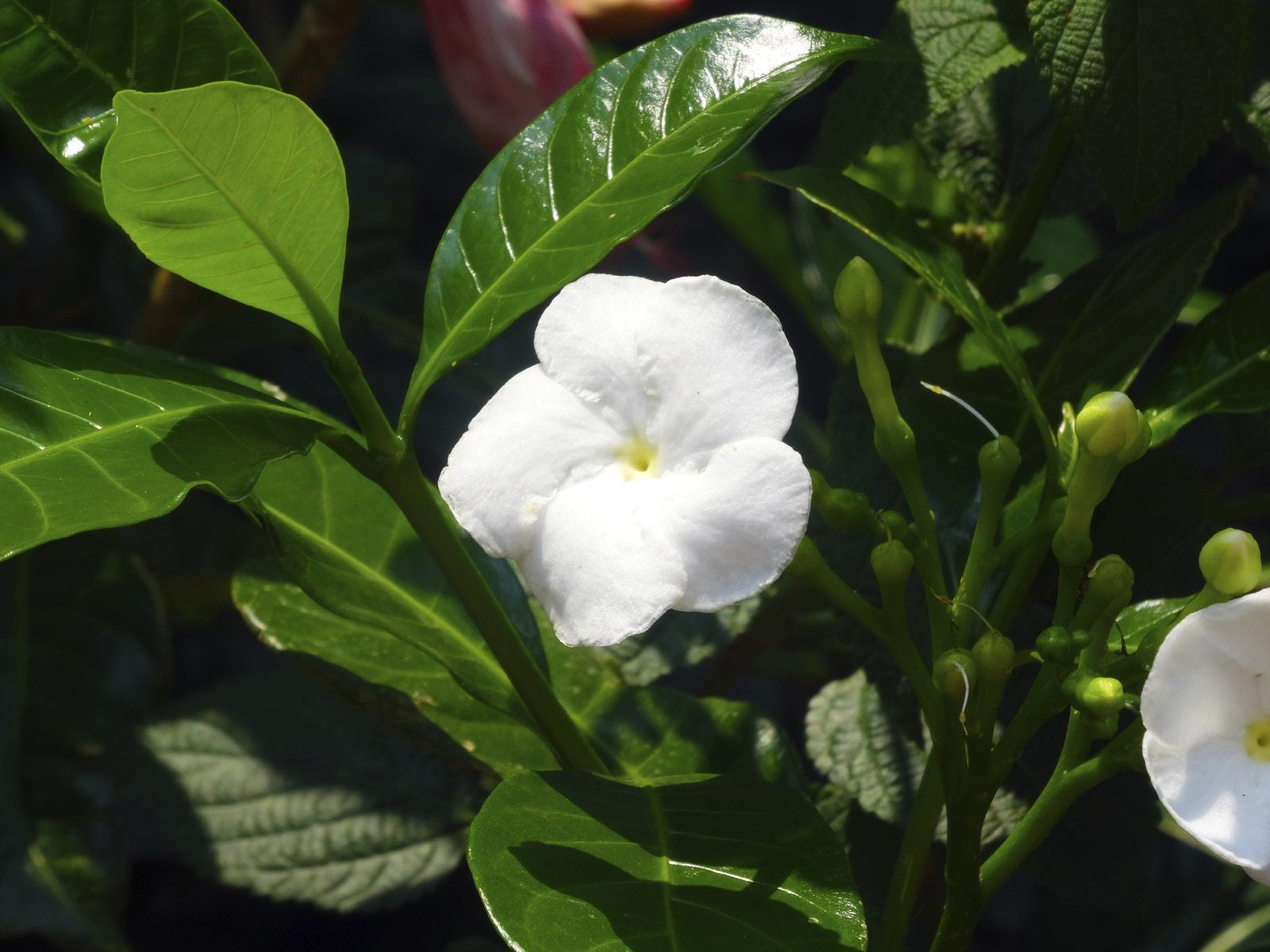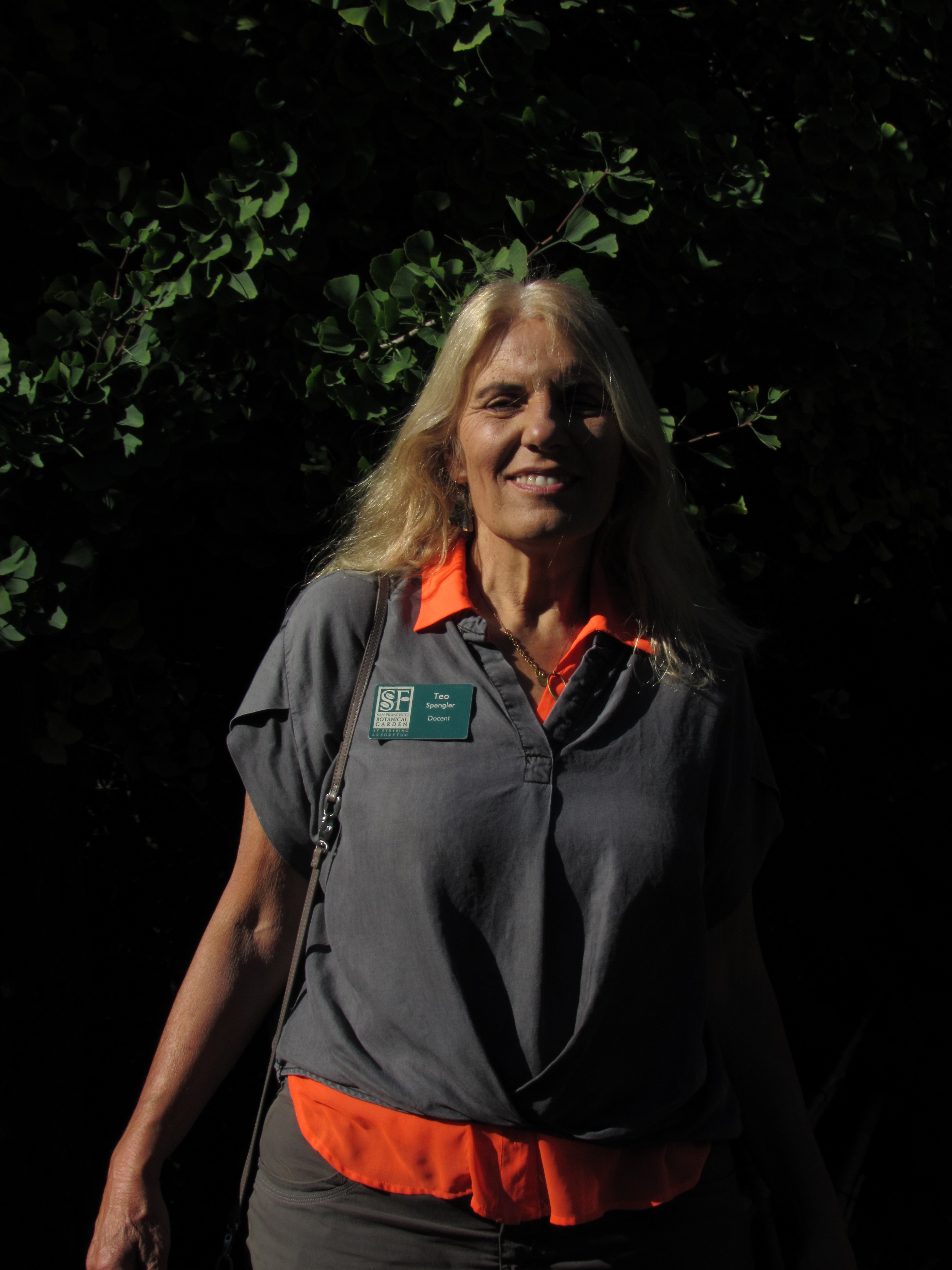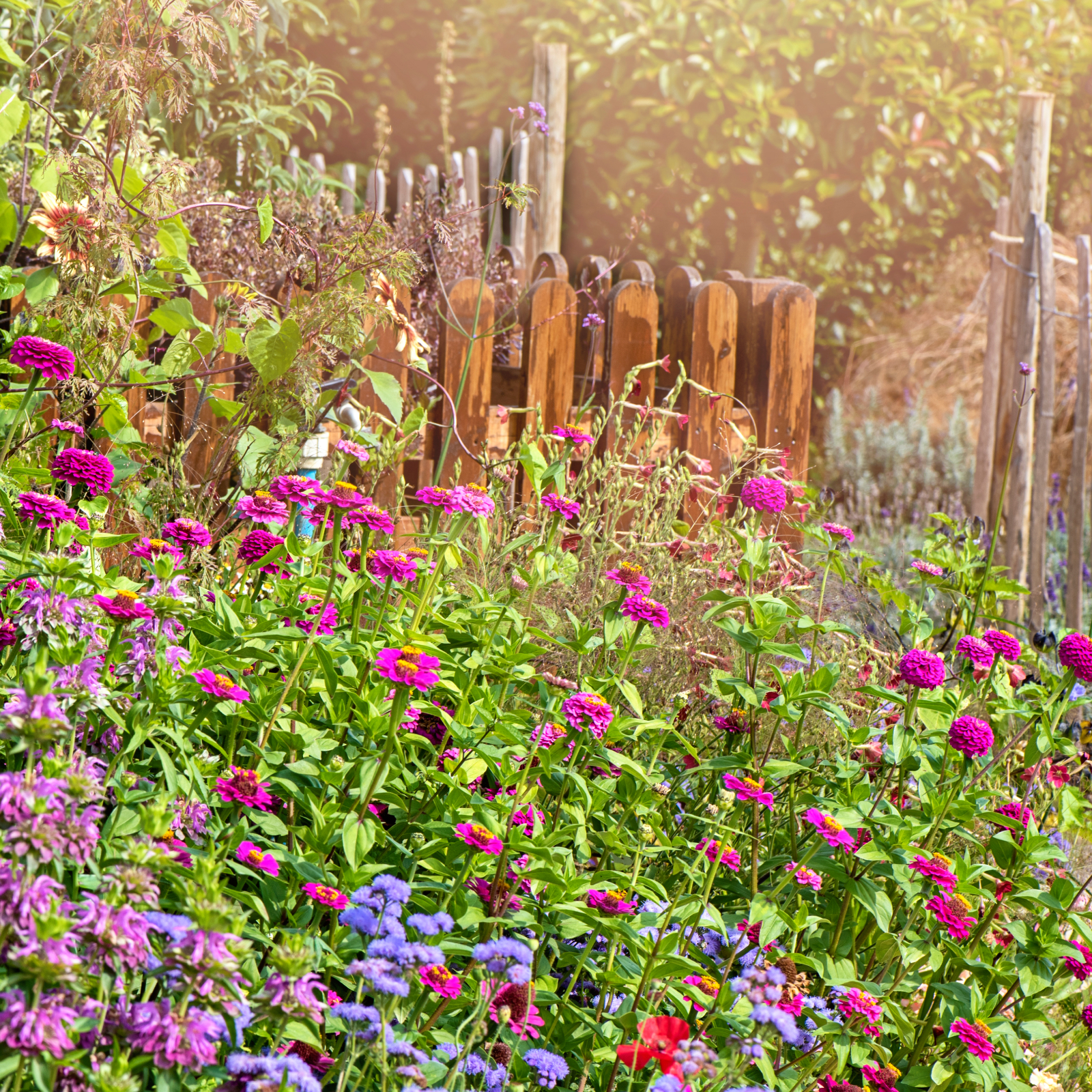Crepe Jasmine Plants: Tips On Growing Crepe Jasmine


Crepe jasmine (also called crape jasmine) is a pretty little shrub with a rounded shape and pinwheel flowers reminiscent of gardenias. Rising 8 feet (2 m.) high, crepe jasmine plants grow some 6 feet (2 m.) wide and look like rounded mounds of shiny green leaves. Crepe jasmine plants are not very demanding, and that makes crepe jasmine care a snap. Read on to learn how to grow crepe jasmine.
Crepe Jasmine Plants
Don’t be fooled by the name “jasmine.” At one time in history, every white flower with a sweet fragrance was nicknamed jasmine, and the crepe jasmine is not a real jasmine. In fact, crepe jasmine plants (Tabernaemontana divaricata) belong to the Apocynaceae family and, typical of the family, broken branches “bleed” milky fluid. The shrubs flower in spring, offering generous amounts of white fragrant blossoms. Each has its five petals arranged in a pinwheel pattern. The pure white flowers and 6 inch (15 cm.) long shiny leaves of this shrub make it a great focal point in any garden. The shrubs also look attractive planted in a shrubbery hedge. Another aspect of growing crepe jasmine is trimming off its lower branches so that it presents as a small tree. As long as you keep up on the pruning, this makes an attractive presentation. You can plant the “tree” as close as 3 feet (91 cm.) from the house without any problems.
How to Grow Crepe Jasmine
Crepe jasmines thrive outdoors in warm climates like those found in USDA plant hardiness zones 9 through 11. Although the shrubs look elegant and refined, they are not at all picky about soil as long as it is well drained. If you are growing crepe jasmine, you can plant the shrubs in full sun or partial shade. They require regular irrigation to keep the soil moist. Once the root systems are established, they require less water. Crepe jasmine care is reduced if you are growing the plant in acidic soil. With slightly alkaline soil, you’ll need to apply fertilizer regularly to prevent the shrub from getting chlorosis. If the soil is very alkaline, crepe jasmine care will include more frequent applications of fertilizer.
Gardening tips, videos, info and more delivered right to your inbox!
Sign up for the Gardening Know How newsletter today and receive a free copy of our e-book "How to Grow Delicious Tomatoes".

Teo Spengler is a master gardener and a docent at the San Francisco Botanical Garden, where she hosts public tours. She has studied horticulture and written about nature, trees, plants, and gardening for more than two decades. Her extended family includes some 30 houseplants and hundreds of outdoor plants, including 250 trees, which are her main passion. Spengler currently splits her life between San Francisco and the French Basque Country, though she was raised in Alaska, giving her experience of gardening in a range of climates.
-
 5 Tough Urban Trees That Thrive In Cities – Top Picks For Urban & Suburban Landscapes
5 Tough Urban Trees That Thrive In Cities – Top Picks For Urban & Suburban LandscapesExplore the best urban trees that will add value to even the most challenging of landscapes. Get growing with these ideas and enjoy all the benefits of trees.
By Teo Spengler
-
 7 New & Improved Cultivars Of Old-Fashioned Plants – These Aren’t Your Grandma’s Plants!
7 New & Improved Cultivars Of Old-Fashioned Plants – These Aren’t Your Grandma’s Plants!Old is new again! These old-fashioned plants have new cultivars that are sure to thrive in your garden and bring the charm factor. Neighbors will be envious!
By Mary Ellen Ellis